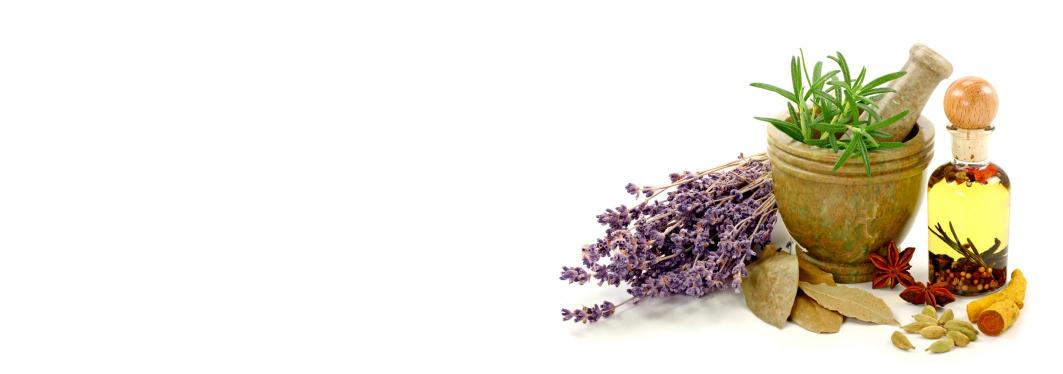A memorandum of understanding was signed in Tehran on Tuesday with China in the field of traditional medicine, by Mahmoud Khodadoost, deputy for Traditional Medicine at the Health Ministry and Prof. Liu Baoyan, WHO advisor on traditional medicine and vice president of the Chinese Academy of Medical Sciences.
“Chinese traditional medicine has been acknowledged across the world over the past three decades, and China is among the few nations that have successfully promoted their knowledge globally,” said Khodadoost, IRNA reported.
“We are interested to use this huge potential to introduce Iranian traditional medicine in the international arena.”
The MoU aims to utilize China’s successful experience in strategizing domestic traditional medicine, as well as service management techniques, particularly in integrating traditional medicine into the national healthcare system.
Geographical location and climatic condition as well as abundance of medicinal herb species have provided Iran with high potential for manufacturing traditional medicinal products.
Currently 15 companies manufacture medicinal herb products in Iran and eight chemical drug manufacturers have set up production lines in the recent years. So far, 91 brands have been approved by the National Expert Committee of Herbal Medicine at the Health Ministry and are being produced and marketed across the country. Majority of these medications is sold without prescription over-the-counter (OTC) as only a few need to be prescribed.
Medicinal herbs account for less than 10% of the Iranian drugs market, but the figure is increasing gradually. About 100,000 jobs are provided by the industry. Manufactures are now looking beyond the domestic market and are exporting their products in unprocessed form, namely flavors, powder and extracts.
Iran is a major exporter of tragacanth, saffron, sweetroot, cumin seed and some other medicinal herbs, but exports hardly comprise 10% of the country’s vast potential in medicinal herb production, which is expected to grow perceptibly in the near future.
Packaging
However, traditional medicine in Iran is still packaged and consumed the way it originally was thousands of years ago. While in China, herbal medications are presented in the form of pills, tablets, or gels using the latest medical knowhow. Chinese brews also come in the form of syrups.
Stressing that Chinese traditional medicine is not limited to acupuncture, but also encompasses use of a plethora of herbal remedies and massage therapy procedures, Khodadoost said the two nations have many commonalities in this area.
“China has incorporated the latest technology to promote the science, and produce new herbal products, from which we intend to benefit.”
There are currently 20 official centers active in traditional medicine regulated by the Health Ministry at universities of medical sciences. The ministry recently set a new protocol to train and certify qualified practitioners, in an effort to effectively monitor activities in the field and put an end to illegal and uncertified practices. The proposal to set up a massage therapy program at academic levels has also been presented to the Iranian Council for Graduate Medical Education.
Traditional medicine constitutes 30% of healthcare services in China, and 10% of the country’s medical practitioners are active in the field of traditional medicine, said Amir Houman Kazemi, deputy for international affairs of traditional medicine at the Health Ministry, who was also present at the meeting.
“With six hospitals, 14 institutes, and 500 students operating under its auspices, the Chinese Academy of Medical Sciences has 60 years experience to offer,” he added.
Prof. Liu was in Tehran at the head of a Chinese delegation to attend a one-day symposium on Sino-Iran traditional medicines to introduce and expand on traditional medicine from the two countries and help create a platform for both sides to present and share concepts and ideas.


